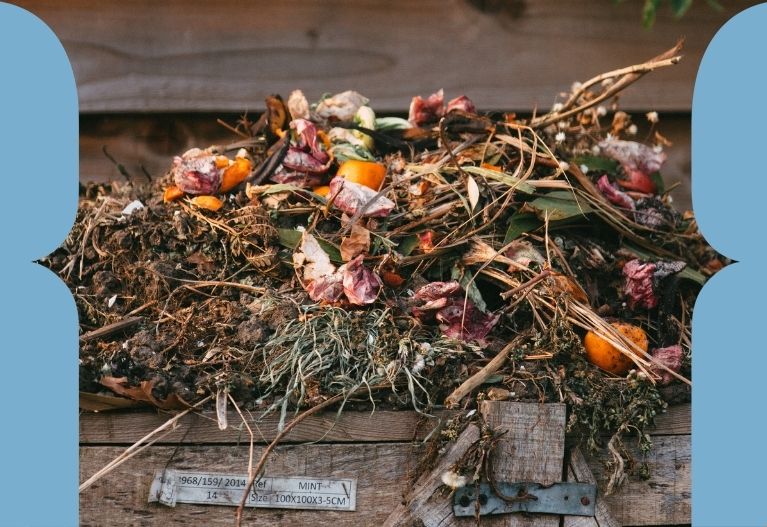How to do gooder with home composting
Even if, like us, you try to salvage every bit of food, some peels, pips and skins can’t be helped. But surely this produce can have a better fate than landfill? Enter, home composting.
5 minutes read
While binning a stale crust or peel into landfill might feel like no biggie, this is one of those little things we often overlook which can really make a difference. What’s the damage of throwing food waste into landfill? We’ll say it quickly so it’s less painful. When you chuck food in the bin, the oxygen-free environment means food rots and emits methane, a highly potent greenhouse gas which drives climate change. Phew, we’re glad that’s over.
Luckily, it’s really easy to significantly decrease the emissions by composting your leftovers in a food waste disposal bin, or even gooder, by recycling in your home composting. In fact, research suggests if composting levels increased worldwide, we could reduce emissions by 2.1 billion tonnes by 2050. Inspired? Read on.



